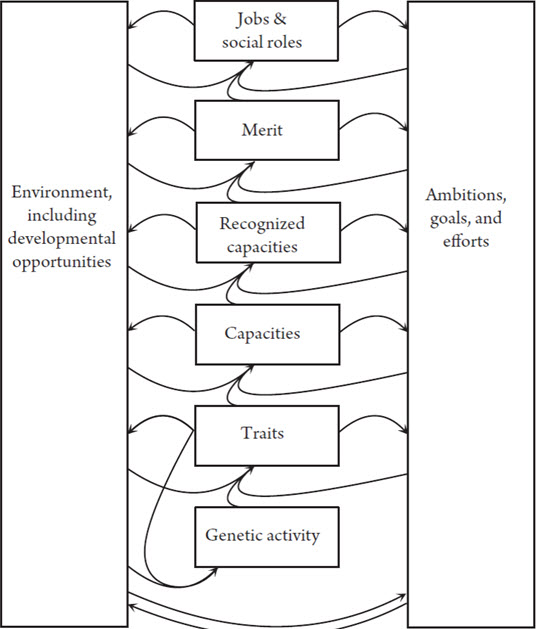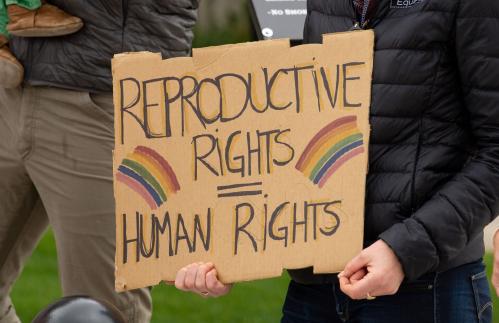Note: This opens a two-week series devoted to exploring what we can learn about social mobility from Joseph Fishkin’s new book, Bottlenecks.
Equal opportunity: a near-universally beloved idea, among people of many political persuasions. To be sure, we don’t all agree on its contours or implications. Those who favor affirmative action and those who oppose it point to equal opportunity as their lodestar of fairness. But we need to be clear:
Equal opportunity cannot actually be achieved.
Three Reasons Equal Opportunity Is Impossible
- The Family. Parents are free to make decisions about how to raise their children. Not everyone has the same resources—and even if resources were much closer to equal, not everyone has the same approach to parenting. So opportunities are going to be deeply unequal from day one.
- Merit is always, in part, past advantage. Sometimes the idea of equal opportunity is focused on what happens later in life, aiming for meritocracy in the allocation of, say, coveted college places or jobs. But “merit” is elusive. There’s no way to disentangle our true, underlying merit from the accumulated results of our past interactions with opportunities and advantages.
- We’re all different. We have different goals. The same opportunities that are valuable to me may seem pointless to you. Moreover, because we’re different, I may need different opportunities to develop and grow than you need. Suppose I need glasses to see the blackboard, or an aide to enable me to participate in the class. When exactly are opportunities “equal”?
Bottlenecks in the Opportunity Structure
The fact that equal opportunity is impossible does not mean we should pack up and go home. First we need to identify the key bottlenecks influencing life chances. These are narrow places through which people must pass if they hope to reach a wide range of opportunities that fan out on the other side. College education; developmental opportunities in early childhood; enough money to navigate a society where almost everything requires money—all these are examples of potential bottlenecks (which will be addressed in later posts in this series).
While we can’t make opportunities equal, what we can usefully do is help more people through and around the bottlenecks that constrain the paths they can pursue in life.
Ultimately, this can help fix problems that even equalizing opportunity cannot. Imagine a completely fair test that forever determines, at age eighteen, who will have all the most desirable jobs and roles in a society. Opportunities are perfectly equal. But we might still ask, what about those who didn’t make the cut? Shouldn’t we have some on-ramps back on to the highways of opportunity for those who made an early exit?
The Trouble with Meritocracy
Some readers will still be attracted to an idea of a meritocratic race: equal opportunity after a “starting gate.” But there is no fair place to put the starting gate. Each outcome is another opportunity; development is a continuous, iterative process.

The Answer: Opportunity Pluralism
So what’s the goal here? Our aim should be to make the opportunity structure more pluralistic. How? That’s tomorrow’s post.



Commentary
Bottlenecks: The Real Opportunity Challenge
April 28, 2014